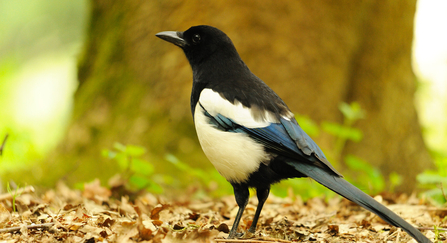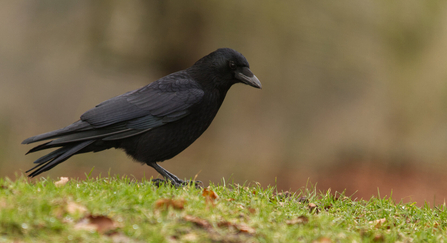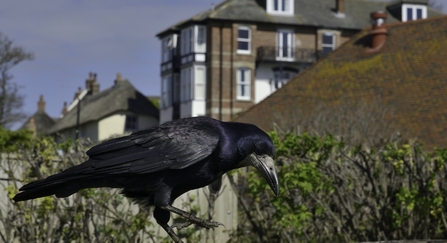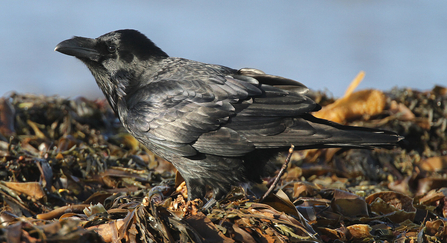Is it a rook? Is it a raven? Or is it a crow? The three all-black birds from the corvid family often cause an ID challenge. But they and their cousins can be identified by their size, shape and calls. Here’s the Wildlife Trust’s guide to telling them apart.
The corvid family includes the crow, raven, rook, jackdaw, jay and magpie, some of which are among our most widespread and successful bird species. Some corvids such as carrion crows and jackdaws are very adaptable and can occupy a range of habitats, whereas jays and rooks are woodland and grassland specialists. Many corvids are territorial and communal roosters, sometimes gathering in their thousands.
Corvids tend to have strong social groups and communities. Crows, for example, often mate for life and are cooperative breeders, meaning other adults in the family help with rearing offspring. Corvids are considered among the most intelligent of birds, with magpies having demonstrated self-awareness in mirror tests, and crows and rooks showing their ability making and using simple tools.





